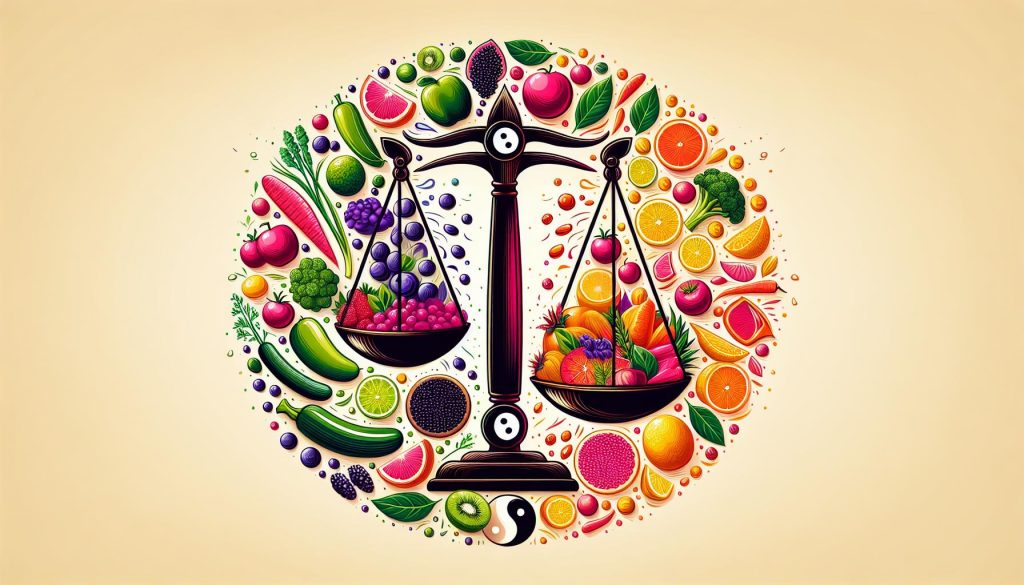
Introduction
What’s the lowdown on the Protein Power Diet? Simply put, this is a high-protein, low-carb eating plan designed to help you shed pounds and gain muscle. However, like all diets, it is much more complex than it initially seems. Back in the day, this diet carved a new niche into the nutritional landscape; today, we’ll explore its fundamentals, benefits, drawbacks, meal structures, and potential fit for your lifestyle. The whole shebang, essentially!
Unwrapping the Protein Power Diet
The Protein Power Diet was sprung forth by Michael Eades and Mary Dan Eades, a husband-wife duo of Doctors with a deep understanding of the low-carb lifestyle. Imagine jumping into a pool, but instead of water, it’s filled with protein-rich foods like eggs, chicken, and fish. Sounds bizarre? Don’t worry, it’s not that literal! The Protein Power Diet focuses on incorporating a larger portion of protein into your meals while cutting back on carbs.
Pumping up the Protein
There’s a reason this diet is loaded with protein. Protein, often the ‘unsung hero’ when it comes to weight loss, helps you feel full for longer, reducing unnecessary snacking. Additionally, it contributes to muscle mass growth, an essential aspect especially for those into fitness and bodybuilding.
Benefits & Drawbacks
Just as every action has an equal and opposite reaction, every dietary plan has its pros and cons. The Protein Power Diet is no exception. On one hand, it can expedite weight loss and muscle growth. On the other, it may restrict your intake of essential vitamins and nutrients that come from carbohydrate-rich foods like fruits and veggies.
Weighing your Options
Before diving headfirst into this diet, consider all angles. No diet, however marked with glitz and glamour, is a one-size-fits-all solution. Fiddle with different diets and choose what best aligns not only with your weight and fitness goals, but also with your lifestyle, habits, and dietary restrictions.
Meal Structure and Examples
Contrary to floating rumors, the Protein Power Diet is not just munching on steak after steak. There’s a careful balance – a generous serving of protein, a smidgen of carbs, and an array of vegetables. Breakfast may be an omelet with a side of cottage cheese, while lunch could be grilled chicken with a dash of veggies.
A Dash of Diversity
Although this diet is heavy on protein, it doesn’t throw variety out the window. You can shuffle between chicken, beef, seafood, and various dairy products. Similarly, low-carb vegetables and small portions of fruits can also make their way onto your plate.
Conclusion
Ultimately, the Protein Power Diet, like any other dietary regimen, should be viewed as a tool, not the be-all and end-all. It can be a potent instrument on your fitness journey, promoting weight loss, muscle growth, and overall health improvement, but its success largely depends on personal commitment and proper execution.
Frequently Asked Questions
1. Can vegetarians follow the Protein Power Diet?
While it’s trickier, vegetarians can follow this diet by focusing on plant-based proteins like lentils, quinoa, and tofu.
2. Is the Protein Power Diet good for weight loss?
Yes, this diet can be beneficial for weight loss due to the higher intake of protein known to suppress hunger.
3. Are there risks associated with this diet?
The Protein Power Diet involves cutting back on carbs, it may lead to nutrient deficiencies if not properly balanced.
4. How is the Protein Power Diet different from other high-protein diets?
The defining aspect is the emphasis not only on high protein but low carbs, which differentiates it from other high-protein diets that may not limit carbs explicitly.
5. What’s a typical meal on the Protein Power Diet?
A typical meal involves a protein source like chicken or fish, a serving of low-carb vegetables, and a small portion of fruit or a whole grain.



